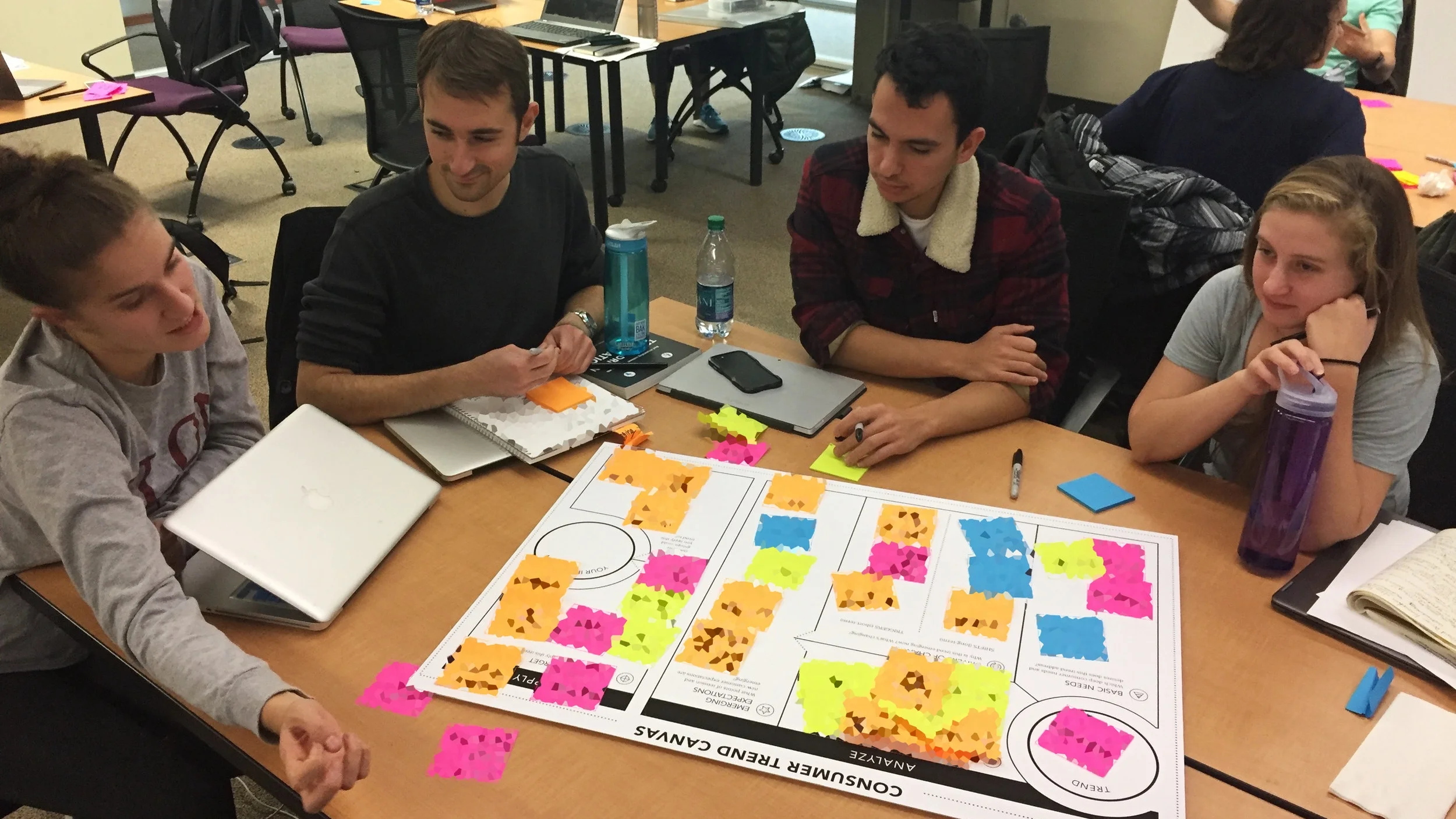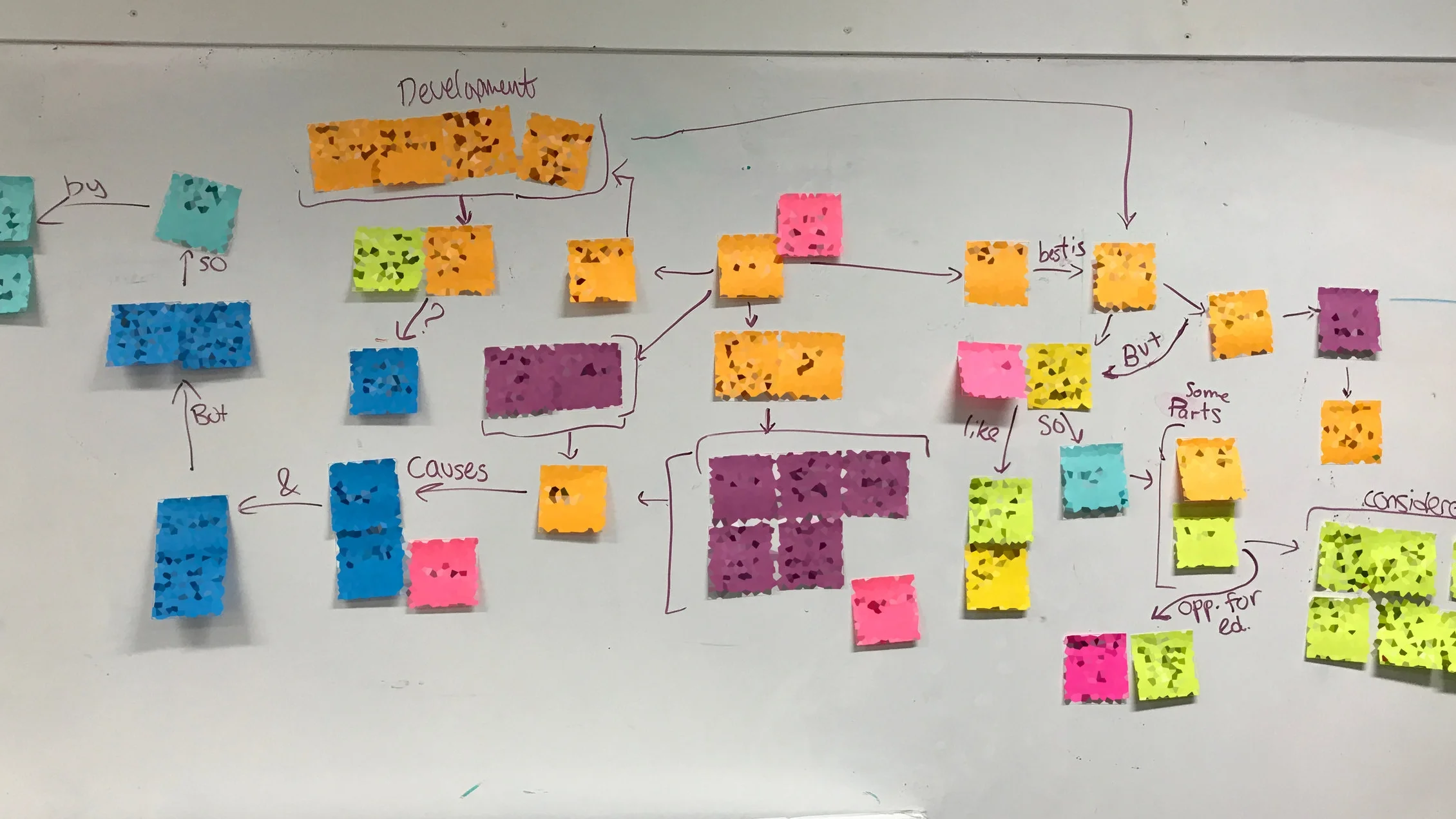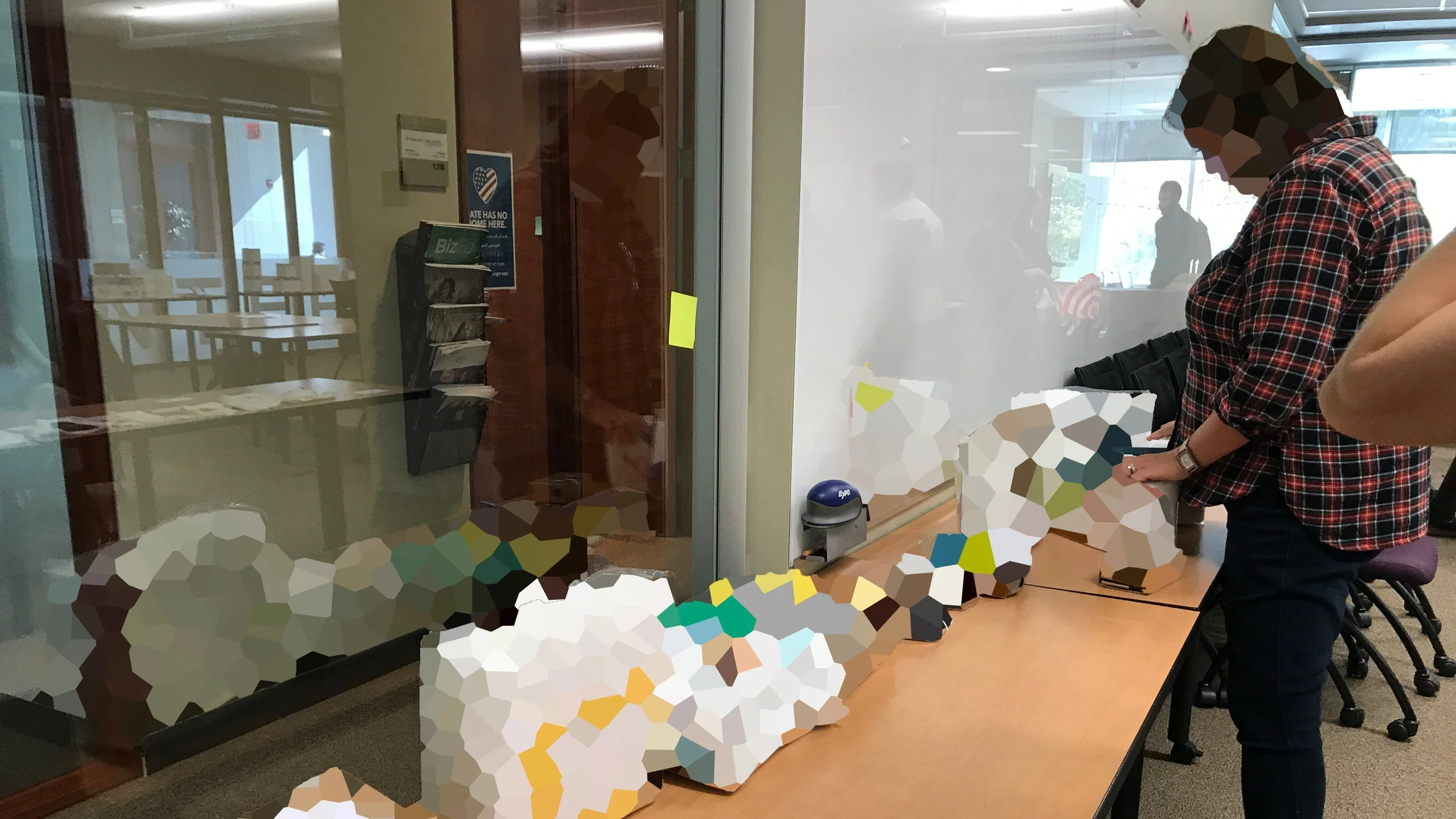
Overview
With the collaboration of Procter and Gamble, EDI students explore new products, services, and experiences related to new and existing consumer packaged goods within the medical field. To each team, a specific objective given by P&G. Each teams are supervised with a P&G coach related to their objective, in order to communicate effectively with the client. Due to IP concerns and confidentiality agreement, I do not have the rights to share the specific details or the final prototype.
Process
The team followed the double-diamond methodology of diverging, converging and repeat until delivery. The team initiated by seeking to understand the user through multiple in-home interviews in which each member was able to become both the primary and support interviewer. By observing the consumers, understanding their insights, and turning them into various frameworks, the team was able to identify the user needs and tensions. the team then proceeded by creating various prototypes and tested them with our consumers. With each iteration, we were able to learn new insights. At the end, the team was not only able to properly understand and execute design methodologies, but also deliver products that pleased both the consumers and the coaches!
Research
The team initiated with contextual interviews to understand this new ecosystem in the medical field. These interviews were conducted with expert users, specialized nurses to properly understand their "job to be done". Each nurse had "homework assignments" to deliver prior the interviews, to better educate the team about their experiences. They also focused on replicating their actions/tasks so that the team could potentially identify pain points. Furthermore, the team conducted multiple ethnographic observations within various hospitals to fully identify the overall journey with the existing products/solutions. Through these contextual interviews and observations, the team identified multiple tensions and their design direction.
Design Direction
How might we improve patient and loved ones' journey through their visit to [non-disclosed ecosystem], while better assisting [non-disclosed specialization] nurses' daily tasks?
Prototype
Once the design direction was clear, the team focused on creating various prototypes, 16 to be specific. All of these prototypes aimed similar goals, yet, shared different conceptual methodologies. They were also designed to be tested and improved. Each iteration was tested by creating a space for the expert users to come and interact with them in house. Nurses, expert users, were observed to understand how the current version could be improved. Finally, the team created a product and packaging, with a fully defined life cycle, from its initial storage place to its usage.
Product
The team delivered a product and its packaging that both consumers and P&G coaches were pleased with! The team had the opportunity to present the new solution and the journey it offers to the client and expert users. Overall, it was a very humbling project that successfully addressed a very important tension within the health industry.








